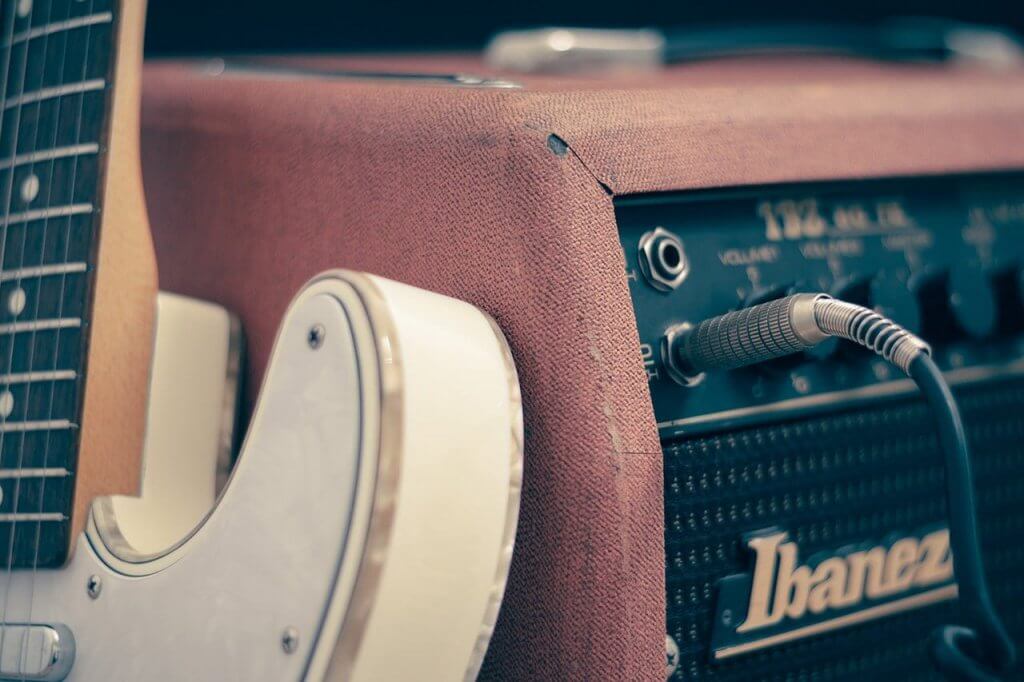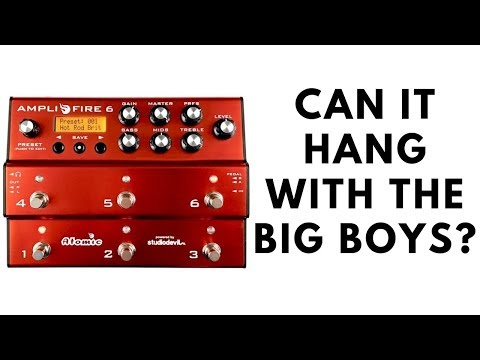In case you’re setting up a home account studio, amplifier nuts and bolts are an absolute necessity. It’s difficult to set up an improved account studio without setting aside the effort to turn out to be actually what kind of receiver is best going to meet your chronicle needs.
As a matter of first importance, I will talk about the amplifier as a transducer, and clarify what that implies. At that point I’ll discuss various sorts of amplifiers used to record sound for music creation, concentrating on the fundamental two: powerful mouthpieces and condenser receivers.
At long last, I’ll take a gander at two specific particulars of receivers – recurrence reaction and polar examples – which are properties of amplifiers that you have to comprehend before you get one.
The Microphone as a Transducer
The fundamental capacity of a mouthpiece is to be a transducer, which just methods it changes over one sort of vitality into another kind of vitality. It attempts to do this with as meager variety from the source as could be expected under the circumstances.
So for instance, if an artist belts out “Stunning Grace”, they cause the sound to constrain varieties to go through the air and these are changed over by the amplifier into voltage varieties in a wire. One kind of vitality changed over into another; the sound is transformed into a voltage.
The thing is, the procedure of transduction through a mouthpiece is rarely great. There’s continually setting off to a touch of variety between the source, and what it’s changed over to, and that is because the amplifier itself want to influence the sign.
Your amplifier has a major effect on what gets recorded.
Presently, there are various mouthpieces out there. They’re fabricated unexpectedly, they work unexpectedly, and they address various issues. We’re going to discuss the two fundamental sorts you’re destined to run over for recording music. One of these will be the best decision for your home account studio.
Dynamic Microphones and Condenser Microphones
Dynamic amplifiers are stage mouthpieces:
they are extraordinary forever, in front of an audience recording since they don’t get sound outside a genuinely little territory (which is the reason you see vocalists nearly kissing them when they sing); they are assembled extremely rough, so they travel well; and they don’t require any outer force.
Condenser receivers, then again, are studio mouthpieces:
they’re not in the slightest degree tough they’re exceptionally touchy, which is the reason they are not commonly utilized in front of an audience for a live account (they also effectively get sound from speakers and can cause input); they need outside force or apparition power, to run; and they get sound precisely.
What is the Best Type of Home Recording Studio Microphone?
Huge stomach condenser mouthpieces are suggested for home studios, primarily because they get sound extremely, precisely.
The explanation that condenser mics get sound precisely and straightforwardly, is a result of their recurrence reaction, which is what we’re going to discuss now.
Recurrence Response
Receivers are planned in light of various purposes, and when you get one you ought to consistently take a gander at its recurrence reaction (FR) outline. It shows the frequencies that the receiver is intended to get well and those that it rejects.
Dynamic receivers are frequently utilized for recording vocals, so they’re intended to take advantage of the frequencies of the human voice. Numerous well known powerful receivers have a top around 5000 Herz, which enables the voice to sound great on accounts, yet it presumably isn’t what you need in case you’re recording drums or a low register guitar.
Make sure to look at the FR diagram for any amplifier you’re thinking about purchasing, as it’s critical to pick a receiver with an FR that is firmly fitted to your requirements.
Polar Patterns
Something else to know about is the polar example of your receiver. The polar example portrays the zone around the mouthpiece that it gets well, and what it rejects. It’s spoken to in chart structure, where the shape around the mouthpiece shows whether it just gets sound from the front, or the front and sides, or right around.
A powerful amplifier in front of an audience is intended to simply get sound from the front, right where the artist’s mouth is, and nothing that is impacting out of encompassing speakers. Then again, an omnidirectional mouthpiece will get around the amplifier similarly well.
Some condenser mouthpieces likewise have a worked in the switch, where you can change the polar example of the amplifier. As you change the polar example on a condenser mic by exchanging between settings, you additionally change the recurrence reaction (the two angles are interrelated), so know about that as well.
End
I trust you’ve appreciated this prologue to receiver nuts and bolts. We’ve secured a great deal – taking a gander at the mouthpiece as a transducer, examining the contrasts among dynamic and condenser amplifiers, and getting a diagram of recurrence reaction and polar examples.
Take as much time as is needed and do your exploration when purchasing a mouthpiece, as there’s a great deal consider. Note that condenser amplifiers are commonly better for home studios, and can have as much effect as the kind of music creation programming you use to deliver your music.
Good karma with your music and your account. I trust I’ve made the way toward picking an amplifier for your home studio somewhat simpler.



